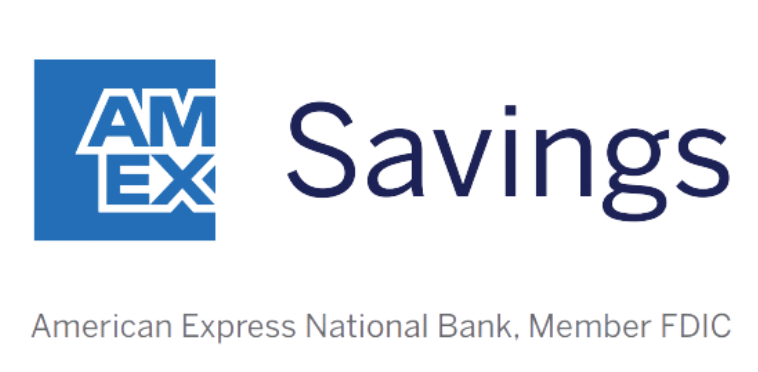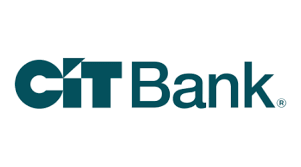Here's What Happens When You Leave a Lot of Money in Your Savings Account
KEY POINTS
- Savings accounts are great for money you may need in the near term.
- For long-term goals like retirement, most people need to invest in higher-growth assets like stocks.
- Keeping too much money in a savings account could cost you tens of thousands of dollars in the long run.
A high-yield savings account is one of the best places to keep your money. Your deposits are safe and FDIC insured, you can withdraw money at any time, and you'll earn interest.
Believe it or not, though, there's such a thing as keeping too much money in savings. Read on to learn why -- and where you may want to put some of your money instead.
How much is too much to keep in a savings account?
Savings accounts are best for money you may need within the next few years.
They're perfect for your emergency fund, which should include at least three months' worth of expenses. That way you have some cash to tap into if you lose your job or get hit with an unexpected bill. You don't want to rely on a credit card in these situations, because that could land you deep in high-interest debt.
Our Picks for the Best High-Yield Savings Accounts of 2025
| Product | APY | Min. to Earn | |

American Express® High Yield Savings Account
Member FDIC.
APY
3.70%
Rate info
3.70% annual percentage yield as of April 22, 2025. Terms apply.
Min. to earn
$0
Open Account for American Express® High Yield Savings Account
On American Express's Secure Website. |
3.70%
Rate info
3.70% annual percentage yield as of April 22, 2025. Terms apply.
|
$0
|
Open Account for American Express® High Yield Savings Account
On American Express's Secure Website. |

CIT Platinum Savings
Member FDIC.
APY
4.10% APY for balances of $5,000 or more
Rate info
4.10% APY for balances of $5,000 or more; otherwise, 0.25% APY
Min. to earn
$100 to open account, $5,000+ for max APY
Open Account for CIT Platinum Savings
On CIT's Secure Website. |
4.10% APY for balances of $5,000 or more
Rate info
4.10% APY for balances of $5,000 or more; otherwise, 0.25% APY
|
$100 to open account, $5,000+ for max APY
|
Open Account for CIT Platinum Savings
On CIT's Secure Website. |

Barclays Tiered Savings
Member FDIC.
APY
4.10%
Rate info
Balances less than $250,000 earn 4.10%, and balances greater than $250,000 earn 4.30%.
Min. to earn
$0
Open Account for Barclays Tiered Savings
On Barclays' Secure Website. |
4.10%
Rate info
Balances less than $250,000 earn 4.10%, and balances greater than $250,000 earn 4.30%.
|
$0
|
Open Account for Barclays Tiered Savings
On Barclays' Secure Website. |
And if you're saving up to make a purchase within the next three years or so, a savings account is a great place for those funds, too.
Beyond that, putting more money in your savings account could cost you a huge amount of money -- and leave you strapped for cash in retirement.
Where to put the rest of your savings
If you're like most Americans, you'll need to invest a decent amount of your income -- ideally, 15% or more -- to save enough for a comfortable retirement. Most of us won't get there just by stashing money in a savings account.
That's why it's smart to invest your long-term savings in the stock market. That may sound difficult and risky, but today, it's easier than ever thanks to index funds. These funds replicate major stock indexes like the S&P 500 Index, a group of 500 of the biggest, most successful companies in the U.S. When you buy an index fund, you buy a piece of every company in that index.
Since 1957, the S&P 500 has returned an average of 10% per year -- over twice the interest rate of today's best savings accounts. So if you buy an S&P 500 index fund and hold it for years, odds are good you'll earn a high return.
Where to buy stocks and index funds
Where you buy stocks is almost as important as what you buy. There are a number of retirement savings accounts that offer huge tax breaks. These are the accounts you want to invest through first.
401(k)
If you have access to a 401(k), then that's the best place to start putting money once your savings account balance is big enough. That's because most employers will match your 401(k) contributions up to a certain amount -- and that's free money.
On top of that, investments held in a 401(k) are not subject to capital gains taxes or dividend taxes. If you invest through a traditional 401(k), then your contributions won't be subject to income tax. If you opt for a Roth 401(k), then your contributions will be taxed, but once you retire, your withdrawals will be tax free.
IRA
If you don't have access to a 401(k), your next best option is an IRA. You can open an IRA through any of the best stock brokers and start buying stocks, index funds, and more.
IRAs offer the same tax breaks as 401(k)s. However, they have lower contribution limits ($7,000 per year if you're under 50, or $8,000 if you're 50 or older). And there's no employer match.
Like 401(k)s, IRAs come in traditional and Roth varieties. Not everyone can open a Roth IRA; be sure to read up on the IRA rules to figure out which option is best for you.
Taxable brokerage account
A "taxable brokerage account" is just a regular brokerage account -- which means it doesn't offer the tax breaks of a 401(k) or IRA. You can open a brokerage account through any major broker and choose from thousands of investments.
Want to get in on the stock market's high returns? Check out our list of the best brokerage accounts, and you can start investing in stocks, index funds, and more today.
How much could a too-big savings account cost you?
Let's say your savings account contains enough money to cover an emergency, plus an extra $20,000. Let's see how much that $20,000 would earn in:
- A savings account earning a competitive APY of 4.00%
- An S&P 500 index fund earning a return of 8% per year (this is totally hypothetical, but it's a low estimate compared to the S&P 500's historical returns).
| Time | Balance in Savings Account | Value of S&P 500 Index Fund Investment |
|---|---|---|
| 0 years (starting balance/investment) | $20,000 | $20,000 |
| 1 year | $20,815 | $21,600 |
| 5 years | $24,420 | $29,387 |
| 10 years | $29,817 | $43,179 |
| 20 years | $44,452 | $93,219 |
Keeping excess cash in a savings account instead of investing it could cost you tens of thousands of dollars in the long run. And if you put all of your disposable income in a savings account and invest none of it, you could be missing out on six figures.
So if you have more money than you need in savings, then it's time to put that extra cash to work and set yourself up for a brighter financial future.
Our Research Expert
We're firm believers in the Golden Rule, which is why editorial opinions are ours alone and have not been previously reviewed, approved, or endorsed by included advertisers. Motley Fool Money does not cover all offers on the market. Motley Fool Money is 100% owned and operated by The Motley Fool. Our knowledgeable team of personal finance editors and analysts are employed by The Motley Fool and held to the same set of publishing standards and editorial integrity while maintaining professional separation from the analysts and editors on other Motley Fool brands. Terms may apply to offers listed on this page. APYs are subject to change at any time without notice.